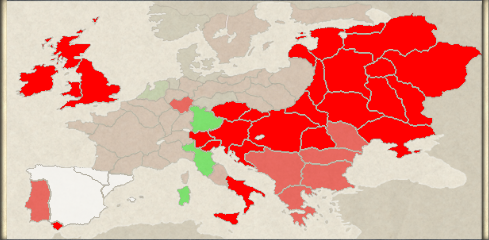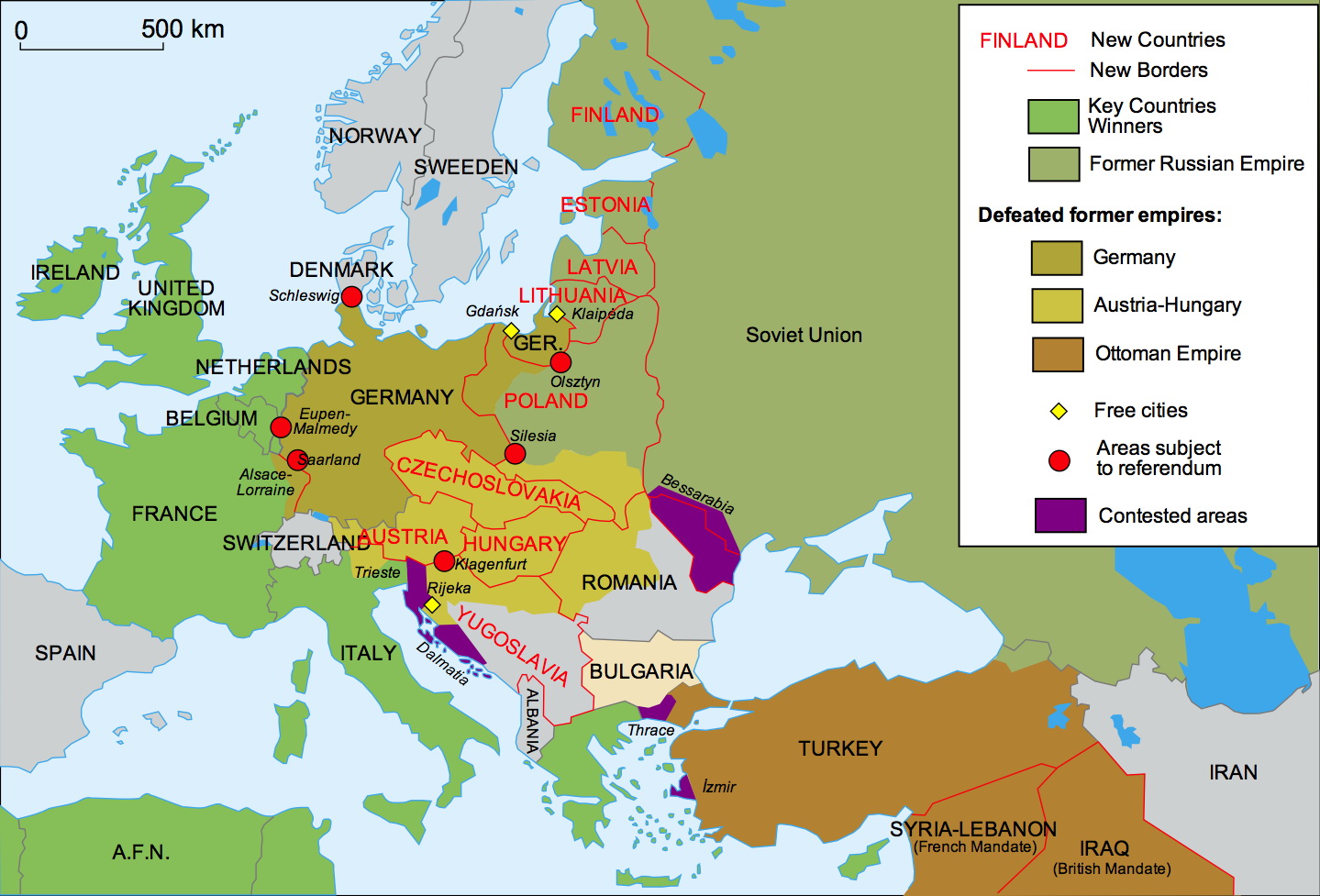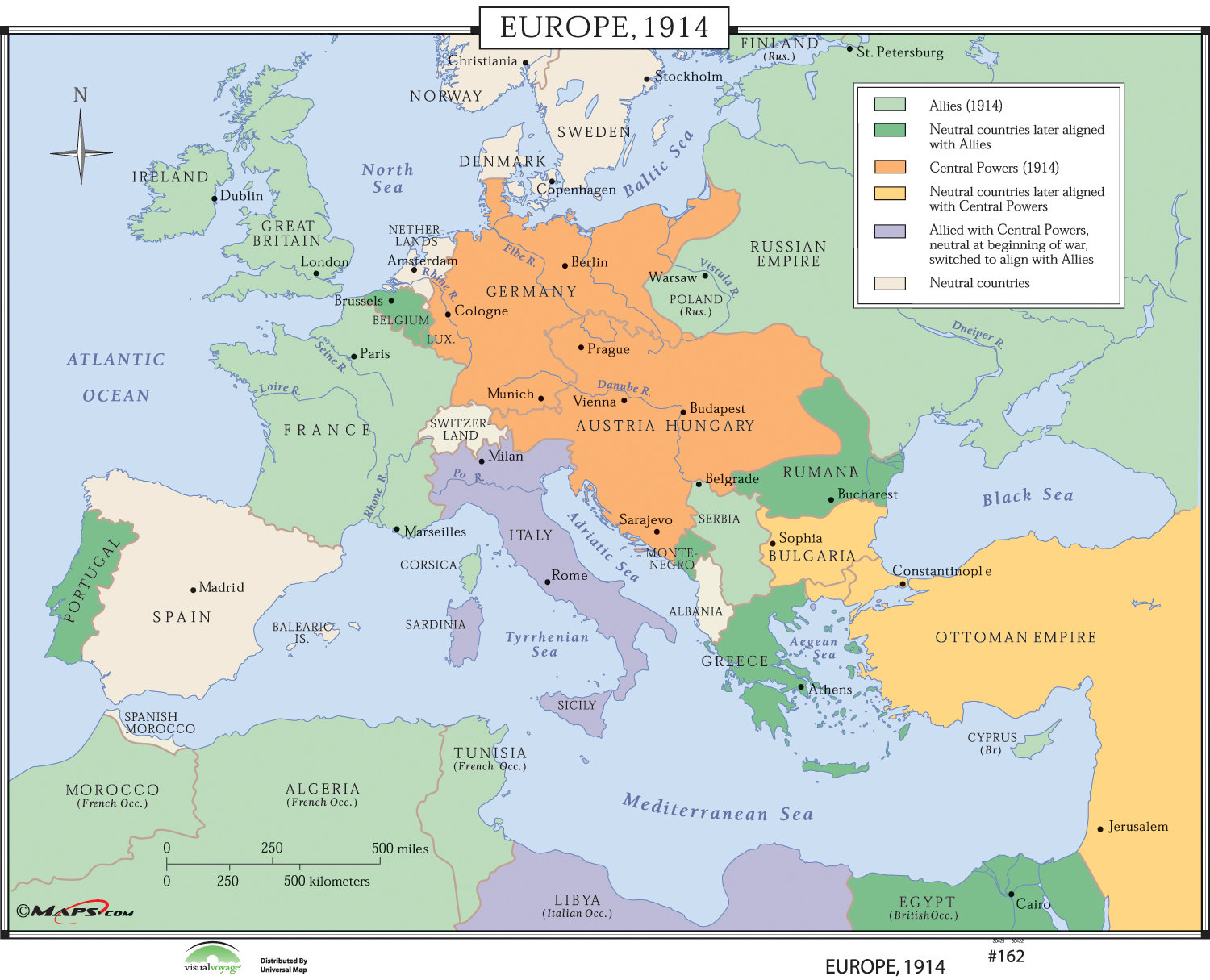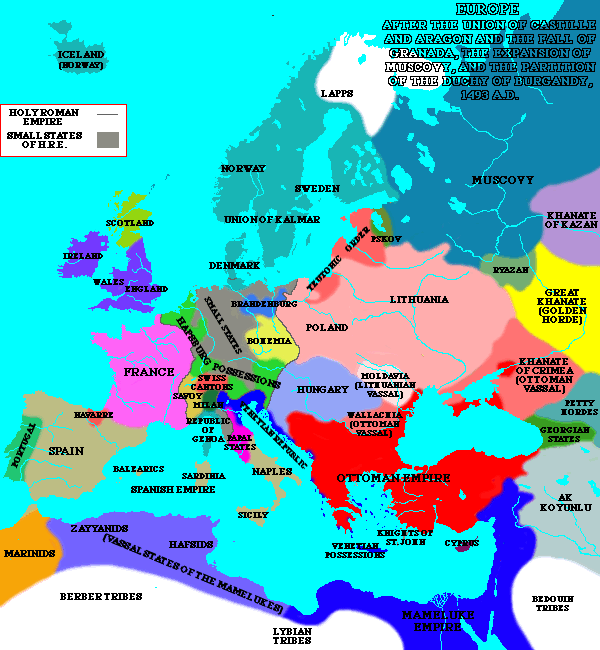

Cabot led another voyage to the Americas the following year but he did not return from this voyage and it is unknown what happened to his ships. He believed he had reached Asia, and there was no attempt to found a colony. Cabot sailed in 1497, five years after the first voyage of Christopher Columbus, and made landfall on the coast of Newfoundland. In 1496, King Henry VII of England, following the successes of Spain and Portugal in overseas exploration, commissioned John Cabot to lead an expedition to discover a route to Asia via the North Atlantic. The search for overseas settlements began when the England and Scotland were separate kingdoms. Fifteen of these, including the United Kingdom, retain a common monarch, currently Queen Elizabeth II.Ī replica of the Matthew, John Cabot's ship used for his second voyage to the New World
EMPIRE TOTAL WAR MAP OF QUROPE FREE
After independence, many former British colonies joined the Commonwealth of Nations, a free association of independent states. Fourteen overseas territories remain under British sovereignty.

The Suez Crisis of 1956 confirmed Britain's decline as a global power, and the transfer of Hong Kong to China on 1 July 1997 marked for many the end of the British Empire. India, Britain's most valuable and populous possession, achieved independence as part of a larger decolonisation movement, in which Britain granted independence to most territories of the empire. Despite the final victory of Britain and its allies, the damage to British prestige helped accelerate the decline of the empire. In the Second World War, Britain's colonies in East Asia and Southeast Asia were occupied by the Empire of Japan. Although the empire achieved its largest territorial extent immediately after World War I, Britain was no longer the world's preeminent industrial or military power. The conflict placed enormous strain on its military, financial, and manpower resources. Military and economic tensions between Britain and Germany were major causes of the First World War, during which Britain relied heavily on its empire. Increasing degrees of autonomy were granted to its white settler colonies, some of which were reclassified as dominions.īy the start of the 20th century, Germany and the United States had begun to challenge Britain's economic lead. Alongside the formal control that Britain exerted over its colonies, its dominance of much of world trade meant that it effectively controlled the economies of many regions, such as Asia and Latin America. The period of relative peace (1815–1914) during which the British Empire became the global hegemon was later described as " Pax Britannica" ("British Peace"). After the defeat of France in the Napoleonic Wars (1803–1815), Britain emerged as the principal naval and imperial power of the 19th century and expanded its imperial holdings. British attention then turned towards Asia, Africa, and the Pacific. The American War of Independence resulted in Britain losing some of its oldest and most populous colonies in North America by 1783. Britain became the dominant power in the Indian subcontinent after the East India Company's conquest of Mughal Bengal at the Battle of Plassey in 1757.
EMPIRE TOTAL WAR MAP OF QUROPE SERIES
A series of wars in the 17th and 18th centuries with the Netherlands and France left England ( Britain, following the 1707 Act of Union with Scotland) the dominant colonial power in North America. Envious of the great wealth these empires generated, England, France, and the Netherlands began to establish colonies and trade networks of their own in the Americas and Asia. ĭuring the Age of Discovery in the 15th and 16th centuries, Portugal and Spain pioneered European exploration of the globe, and in the process established large overseas empires. At the peak of its power, it was described as " the empire on which the sun never sets", as the sun was always shining on at least one of its territories.


As a result, its constitutional, legal, linguistic, and cultural legacy is widespread. By 1913 the British Empire held sway over 412 million people, 23 per cent of the world population at the time, and by 1920 it covered 35,500,000 km 2 (13,700,000 sq mi), 24 per cent of the Earth's total land area. It began with the overseas possessions and trading posts established by England between the late 16th and early 18th centuries.Īt its height it was the largest empire in history and, for over a century, was the foremost global power. The British Empire was composed of the dominions, colonies, protectorates, mandates, and other territories ruled or administered by the United Kingdom and its predecessor states. Current British Overseas Territories have their names underlined in red. All areas of the world that were ever part of the British Empire.


 0 kommentar(er)
0 kommentar(er)
